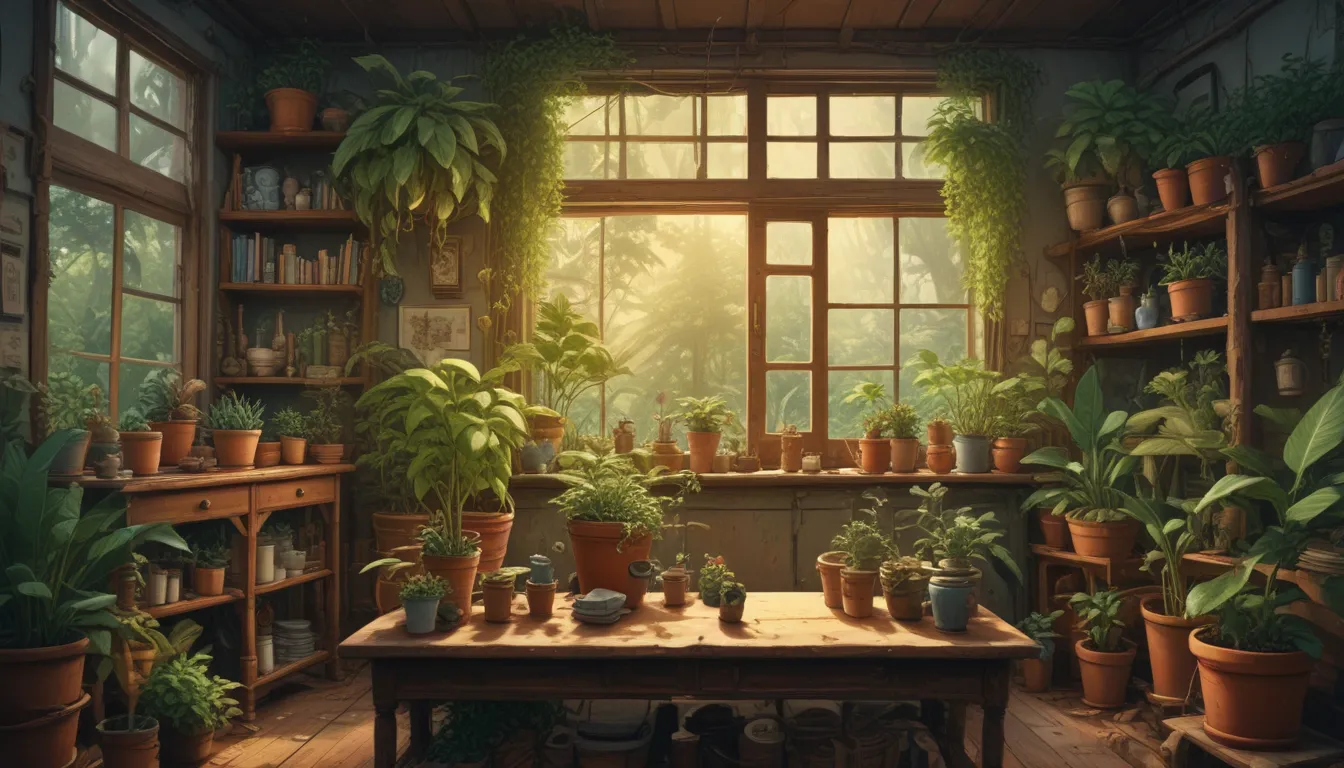How to Spot, Prevent, and Treat Root Rot in Houseplants

Do you have a houseplant that used to be vibrant and healthy but is now looking a bit worse for wear? Perhaps it’s turning yellow, drooping, or developing brown patches on its foliage. If so, your plant may be suffering from root rot.
Root rot is a common issue among houseplants, particularly because they are grown in confined spaces and can easily become overwhelmed by excess water. In this comprehensive guide, we’ll discuss how to identify, prevent, and treat root rot in your beloved indoor greenery.
Identifying Root Rot
Before we delve into prevention and treatment, it’s crucial to understand the causes of root rot. There are two primary culprits behind this condition:
-
Overwatering: When the soil becomes oversaturated, the roots can drown, leading to a lack of oxygen intake and subsequent softening and decay of the roots.
-
Pathogens: Various fungi and water molds, such as Fusarium spp., Pythium spp., Phytophthora spp., and Rhizoctonia spp., can also cause root rot. These pathogens thrive in moist environments and can enter plants through damaged tissue.
Symptoms of root rot may include yellowing leaves, brown patches, wilting, and stunted growth. To confirm the presence of root rot, carefully inspect the roots of the affected plant. Signs of root rot include dark, mushy roots and a foul odor similar to that of stagnant water.
Preventing Root Rot
Fortunately, root rot is largely preventable with proper care. Here are some tips to help you avoid this common issue:
-
Water Wisely: Avoid overwatering by checking soil moisture levels before watering. Tailor your watering schedule to each plant’s specific needs.
-
Ensure Drainage: Always use containers with drainage holes to prevent water buildup. Empty saucers promptly after watering to avoid waterlogging.
-
Choose Well-Draining Soil: Use potting soil that promotes good drainage and avoid placing rocks or pottery shards at the bottom of pots.
-
Practice Cleanliness: Use fresh soil, sterilize tools, and quarantine new plants to prevent pathogen spread.
-
Minimize Stress: Provide optimal growing conditions to reduce plant stress, making them less susceptible to disease.
Treating Root Rot
If you suspect root rot in your plant, prompt action is essential. Here’s how to treat root rot effectively:
-
Remove and Clean: Carefully remove the plant from its pot, discard affected soil, and trim away damaged roots.
-
Treat with Fungicide: Spray roots with a fungicide designed for root rot, such as copper fungicide or Actinovate AG.
-
Repot with Fresh Soil: Replant the cleaned roots in fresh potting soil and continue treatment until new growth appears.
Resilient Plant Species
While preventing root rot is ideal, selecting plant species resistant to this condition can offer added protection. Consider the following resilient houseplants:
-
Cast-Iron Plant: Aspidistra spp. are incredibly hardy and can withstand prolonged periods of moisture.
-
Cyperus: Umbrella sedge and papyrus plants are well-suited to wet conditions due to their natural habitat in swampy areas.
-
Fuchsia: These flowering plants are not prone to root rot and can tolerate damp conditions.
-
Ficus: While some Ficus species are sensitive to root rot, others like creeping figs are more resilient.
-
Ivy: Hedera helix is a robust plant that typically doesn’t suffer from root rot issues.
In conclusion, root rot doesn’t have to spell disaster for your houseplants. By following preventative measures, promptly addressing symptoms, and choosing resilient species, you can safeguard your indoor garden from this common ailment. Remember, proper care and attention are key to maintaining healthy, thriving plants in your home.
Have you encountered root rot in your houseplants? Share your experiences and symptoms in the comments below. For more insights on plant care, explore our helpful guides on topics like pest control, basic care tips, and propagation techniques.
Remember, a little knowledge and diligence can go a long way in ensuring your green companions stay healthy and vibrant.
Stay tuned for more expert advice and gardening tips!





